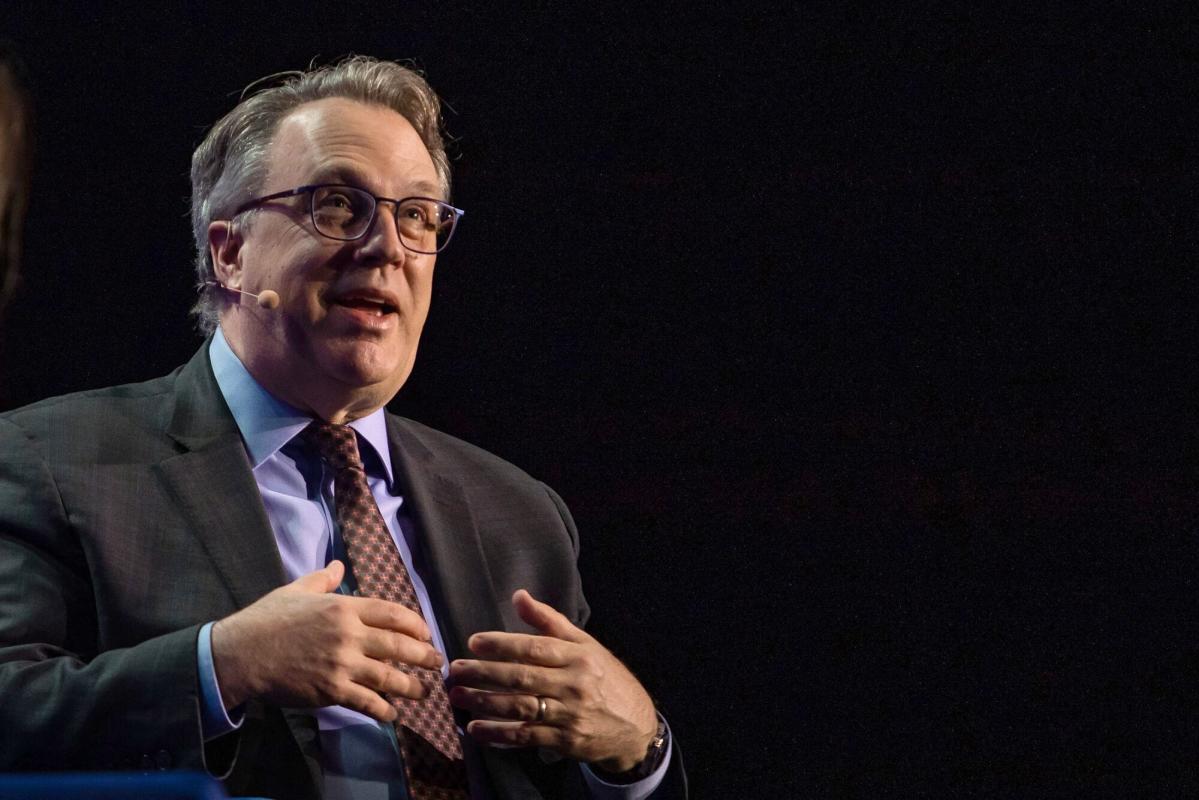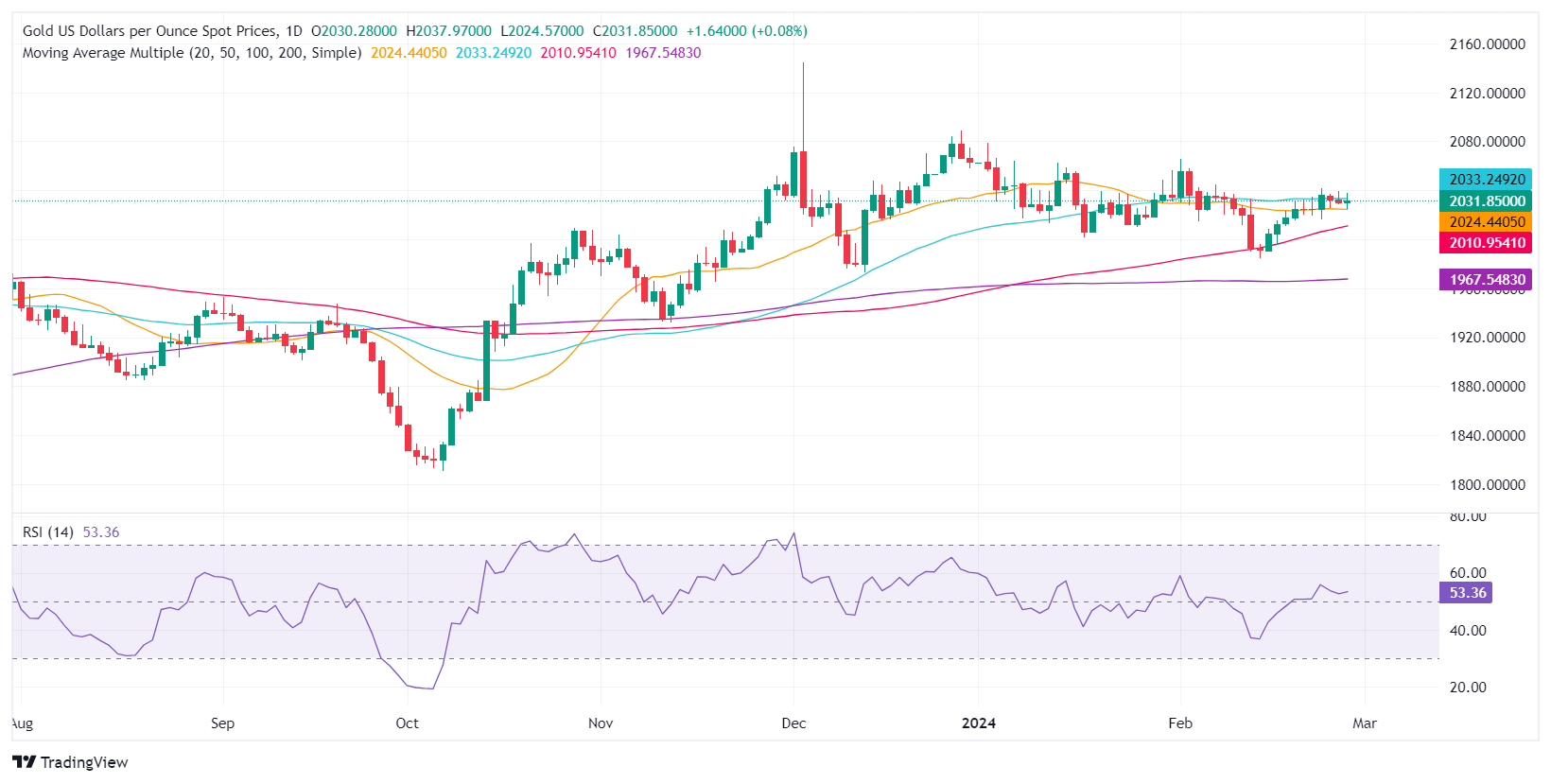- That’s in turn shined a brighter light on his own resume, which some ex-central bank officials and Wall Street professionals lament lacks the market experience of his predecessors.
New York Fed watchers also note that the Dallas Fed president since mid-2022 and the incoming Cleveland Fed president each have deeper backgrounds in finance, adding to a perception that New York is no longer the dominant voice on markets.
That’s all a worry because, historically, it’s the New York Fed that has played the vital role in steering the financial system through crises — as it did in 2008, the 2020 Covid shock and multiple other occasions of danger over decades. It’s now charged with withdrawing liquidity and, next year, will be crucial to spotting any early signs of potential turmoil as the US Treasury exhausts its statutory borrowing authority.
This article is based on interviews with more than a dozen former New York Fed officials, along with longtime strategists, economists and traders at major banks and investment firms. Most of the people spoke on condition of anonymity to discuss sensitive issues.
“There used to be a lot of solid people at the NY Fed with ‘Street cred,’” said Ward McCarthy, who worked for over four decades in markets before he retired in 2020, and once served as a senior economist at the Richmond Fed. “That had helped us in the markets with the perceptions that these people helped to strike a balance relative to Williams being the president. But most all of them have now left.”
Williams extolls his staff’s capabilities, saying last month that what’s really helpful for the policy-setting Federal Open Market Committee is that the New York Fed brings a "wide range of views and expertise to all the issues.”
“We have an extremely deep talent pool in markets, where we are in constant conversations with market participants and doing that analysis,” Williams said in answer to a question during a discussion with reporters on May 30.
- One longtime member of the New York team was Lorie Logan, who has risen within the Fed system to become head of the Dallas district bank after previously overseeing the central bank's giant securities portfolio under Williams. For investors, she’s become a key voice when it comes to thoughts on markets.
In January, both Logan and Williams made comments on quantitative tightening — the process whereby the Fed is shrinking the amount of bonds it holds in the wake of its pandemic-era stimulus program — and Fed watchers perceived a difference in emphasis between the two.
Logan, speaking after bouts of volatility had just emerged in money markets, said the time was right to start thinking about slowing QT. But Williams, the following week, limited his comments to observing that there was no issue yet with bank reserves — a key metric for gauging QT’s impact.
- on May 1, it announced QT will slow from June.
- In remarks at the Economic Club of New York on May 30, Williams said that “by slowing the pace, we’re better able to monitor conditions and facilitate a smooth transition” to a smaller but “ample” level of reserves.
One New York-based market participant now conducts regular catch-ups with the Dallas Fed ahead of FOMC blackout periods — the period of days before policy announcements when central bankers don’t discuss the economy or potential decisions.
That’s at the Dallas Fed’s request, according to the person, who asked not to be named given the sensitive nature of the talks. In terms of market intelligence gathering, discussions are much more extensive with the Dallas Fed than with New York Fed staff, the person said. The Dallas Fed declined to comment.
In addition to Logan, investors may soon start tuning in to the forthcoming Cleveland Fed president, Beth Hammack, for thoughts on the intersection between markets and monetary policy. Hammack, a Goldman Sachs Group Inc. veteran who previously headed the US Treasury’s key outside advisory panel on debt-issuance strategy, is set to replace outgoing President Loretta Mester.
“I think it’s one of the strengths of our system, that we have people from various different backgrounds, and she just adds to that,” Williams told reporters last month with regard to Hammack’s appointment.
That’s especially key now given how much monetary policy has changed over the past two decades, including a much bigger focus on the Fed’s balance sheet, he said. “Getting a really good understanding of not only economic conditions, banking conditions, financial markets, is really important.”
Responding to queries from Bloomberg News, a New York Fed spokesperson said that the bank “has an unparalleled understanding of financial markets, financial institutions, and financial market structure. We have a proven track record of excellence in market analysis and implementing monetary policy in support of the Federal Reserve System and a stronger US economy for all. We continue to build on that by leveraging a broad and deep bench of dedicated public servants, with unrivaled central banking and private sector financial markets expertise within the Markets Group at the New York Fed and across the organization.”
“We have a responsibility to evolve our organizational model as the financial system and environment around us change. To that end, we continue to attract and retain exceptional talent with skillsets that meet the needs of our work today and keep us prepared for the work that could come our way in the future. As should be expected, we will continue to adapt over time to be in the position to best execute our unique responsibilities,” the spokesperson said.
The New York Fed chief is known for his academic chops — including the co-authoring of a widely cited model of the natural rate of interest. That may be a strength in debates over economic variables and policy frameworks, but critics say it’s less well suited to a role in charge of the arm of the US central bank responsible for the mechanics of conducting policy, and being its eyes and ears on Wall Street.
While Williams’ research includes a paper on the creation of a model to map out banks’ demands for reserves, its findings haven’t gained traction with market participants assessing the impact of QT.
Years of employment history at the New York Fed don’t necessarily guarantee an understanding of market dynamics. The Fed was surprised in 2019 when its first QT program triggered major problems in money markets. Last year, the New York Fed hired JPMorgan Chase & Co. strategist Joshua Younger for a senior policy adviser role. Younger earned respect from peers as a prescient voice, in the early days of the pandemic, on risks building in the US Treasury market.
Lou Crandall, a veteran analyst of the Fed and the Treasuries market, said, “It’s possible that Williams made a conscious decision not to position himself as a leading voice on the balance sheet — and that’s not necessarily a bad thing.”“There’s always a risk that other FOMC members will see the desk’s analysis as reflecting the views of the president of the New York Fed, and that tension has shown up in the transcripts from time to time over the years,” said Crandall, senior economist at Wrightson ICAP.
- Within the bank, Williams has ruffled feathers overseeing a reshuffling of top markets jobs, with at least one role being combined with another and one that was reorganized into multiple leadership jobs.
Staff Angst
Former officials and people close to the bank also describe unease over fewer opportunities for advancement, thanks to a shift in roles and responsibilities across the institution over time. The onetime 200-person Market Operations, Monitoring and Analysis, or MOMA, function was previously overseen by the head of the SOMA account, but now its responsibilities are divided into four.
Initiatives during Williams’ tenure by human resources staff to overhaul salary bands and revamp career progression frameworks appeared to leave less room for promotions at senior levels — incentivizing departures, people familiar with the matter said.
The overall size of the markets group, at around 460 people, is roughly in line with its post-2008 crisis average, according to the New York Fed.
Logan, along with Hammack and St. Louis Fed President Alberto Musalem — another New York Fed veteran — could potentially succeed Williams down the line, LHMeyer/Monetary Policy Analytics, a research firm co-founded by former Fed Governor Laurence Meyer, mused in a May 29 note to clients.
- Williams, who turns 62 this month, is about three years away from the mandated retirement age for district bank presidents.
New Voices
“The recent accessions of Logan, Musalem and Hammack signal a clear trend of Powell and the Board to prioritize the concentration and diversification of financial market experience directly at the highest level of the FOMC,” the LHMeyer analysts wrote, referring to Fed Chair Jerome Powell. A Fed Board spokesperson declined to comment.
That would mark a new dynamic for the New York Fed, which has always been the most influential of the 12 district banks, with its president serving as the vice chair of the FOMC and having a permanent vote on that panel.
“The New York Fed has lost its swagger,” said Glen Capelo, who spent more than three decades on Wall Street bond-trading desks and is now a managing director at Mischler Financial Group. “People used to want to go see the NY Fed, people were hoping they would call them. You don’t have that anymore.”
Because it handles the central bank’s portfolio, the New York Fed’s role swelled as policymakers undertook multiple rounds of large scale bond purchases. When Covid struck, the Treasuries market verged on a complete meltdown as investors around the world rushed to convert assets into cash. The central bank — through the New York Fed — injected liquidity, not only with bond purchases at a scale unseen before, but through myriad separate facilities designed to keep credit flowing through to the economy.
Vital Role
The Fed also introduced mechanisms to boost control of interest rates, including a reverse repurchase agreement facility and more recently the Standing Repo Facility. Both are implemented by the New York Fed.
Handling vital operations helped imbue the Manhattan institution housed just blocks from Wall Street with a strong sense of pride. Chicago Fed President Austan Goolsbee quipped earlier this year that his own district bank had “all the competence and excellence of the New York Fed without the attitude.”
- Williams spent two decades at the San Francisco Fed. Following his first town hall meeting with employees in New York, senior staff offered assistance to the new president, who then expressed the view that senior management was in fact a problem, according to people familiar with the exchange.
- Williams also has given some staff members an impression of not engaging with the markets group in the way that his immediate predecessor, William Dudley, had, people familiar with the matter said. Dudley had served as head of markets at the New York Fed during the 2008 crisis before he became president. Dudley, who is a Bloomberg Opinion contributor and senior adviser to Bloomberg Economics, declined to comment for this story.
Dudley’s predecessor Timothy Geithner also had crisis experience relevant to markets, having worked on emerging-market blowups in the 1990s at the Treasury Department. Former New York Presidents William McDonough and Gerald Corrigan played key roles safeguarding financial stability on their watches.
“We need presidents that understand the nuts and bolts,” said Christopher Whalen, chair of consulting firm Whalen Global Advisors, who worked at the New York Fed in the 1980s.
--With assistance from Jonnelle Marte, Craig Torres and Catarina Saraiva.
___________________________________________________________
29 February 2024
NY Fed’s Williams Says Still ‘Ways to Go’ to Reach 2% Inflation. . . Williams said there are likely to be "bumps along the way" back to 2%.
- But he added, "we still have a ways to go on the journey to sustained 2% inflation.
- "Williams said he sees inflation ebbing to between 2% to 2.25% this year and to 2% next year.
- Overall inflation pressures measured by the personal consumption expenditures price index were up by 2.6% in December from the same month a year earlier.
Williams also said he expects economic growth to slow this year to around 1.5% and for the current 3.7% unemployment rate to rise to around 4%. He said that while risks to the outlook remain, the economy has nevertheless become more balanced.
Fed’s Williams Says Still ‘Ways to Go’ to Reach 2% Inflation
- New York chief says Fed can likely cut rates ‘later this year’
- Says three rate cuts in 2024 is ‘reasonable starting point’






.jpg)







No comments:
Post a Comment